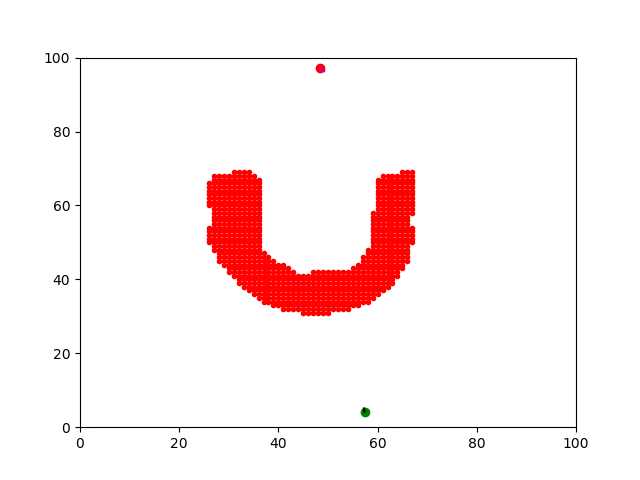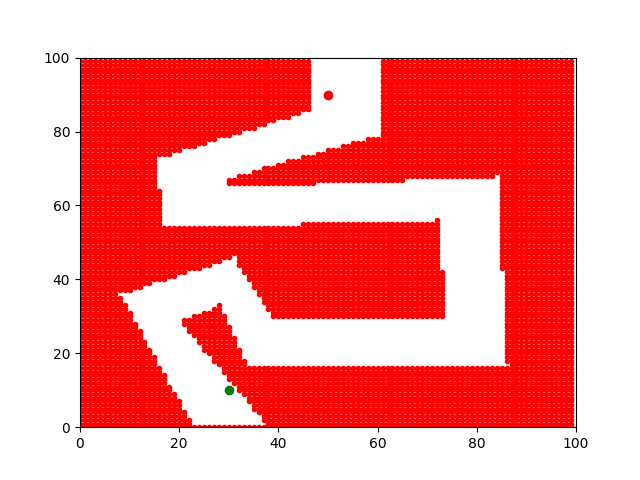Neural Motion Planning (MPNet)
Motion planning is a well-known problem in robotics. It can be defined as the process of finding a collision-free path for a robot from its initial to goal position while avoiding collisions with any obstacles or other agents present in the environment. Motion planning is among the fundamental problems of robotics and therefore, have been of tremendous importance to the robotics community. The challenge of building computationally efficient planning algorithms has lasted since the late 1980s. Despite previous efforts to design fast, efficient classical planning algorithms, the current state-of-the-art struggle to offer methods which scale to the high-dimensional setting that is common in many real-world applications such as self-driving cars, robot surgery, space missions, to name a few.
We focus on a new era of planning algorithms called the Neural Motion Planners that take past experiences into account and learn to embed a classical planner. The learned planner upon seeing a new planning problem outputs the collision-free paths without performing an exhaustive search of the given environment. In this aspect, we have proposed a framework called Motion Planning Networks (MPNet). MPNet consists of an encoder network that encodes the robot’s surroundings into a latent space, and a planning network that takes the environment encoding, and start and goal robotic configurations to output a collision-free feasible path connecting the given configurations in the fastest time possible. The proposed method
- plans motion irrespective of the obstacle’s geometry,
- generate adaptive samples for sampling-based planning algorithms
- demonstrates exceptional execution times that scale better than the state-of-art planners
- generalizes to new unseen obstacle locations, and
- has completeness guarantees
- and is a life-long learner.
Our future objectives are twofold. One, solve a perception problem for learning-based planning methods, i.e., to learn plannable state space representations. Second, extend MPNet to solve kinodynamic planning problems by learning lower dimension manifolds.
Students & Collaborators
- Ahmed Qureshi
- Jacob Johnson
- Linjun Li




Publications

Flexible Attention-Based Multi-Policy Fusion for Efficient Deep Reinforcement Learning
Advances in Neural Information Processing Systems (NeurIPS), 36, pp. 13590-13612 (2024).

Composing Task-Agnostic Policies with Deep Reinforcement Learning
A.H.Qureshi, J.J. Johnson, Y. Qin, T. Henderson, B. Boots, M.C. Yip

Adversarial Imitation via Variational Inverse Reinforcement Learning
A.H.Qureshi, B. Boots, M.C. Yip

Open-Sourced Reinforcement Learning Environments for Surgical Robotics
F. Richter, R. K. Orosco, M.C. Yip

